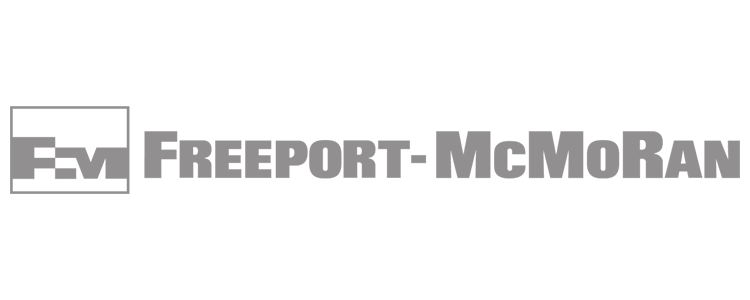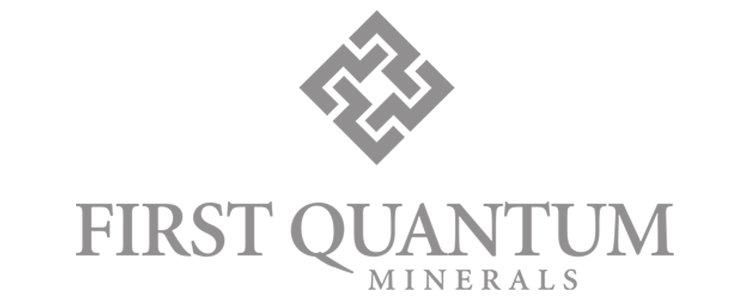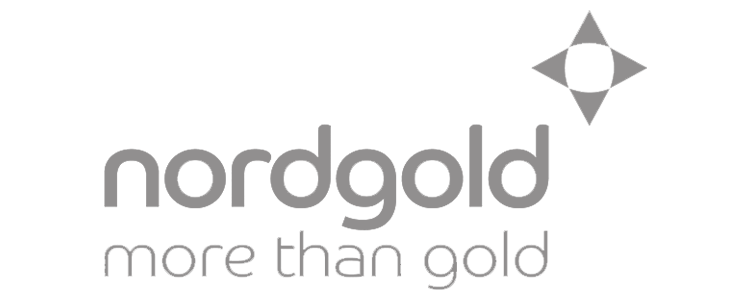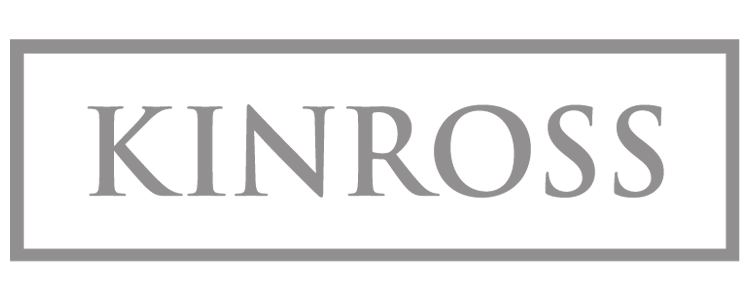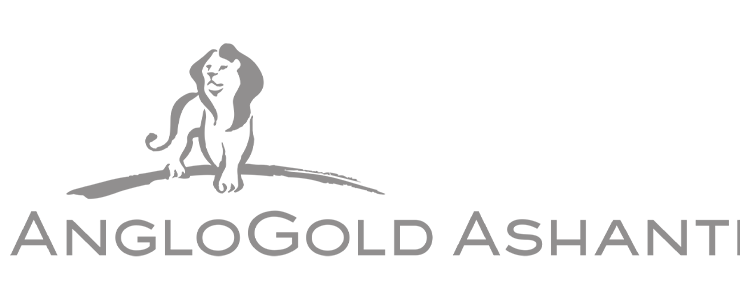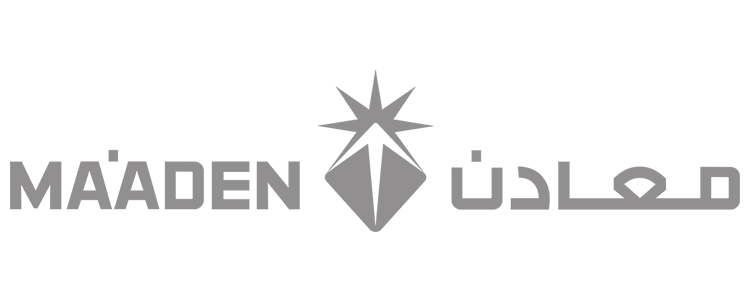We are very excited to announce the launch of a brand new online course!
This course covers the essential considerations for preparing National Instrument 43-101 technical reports, including its history, components, rules, guidelines, and sources for additional information. Learn the essential considerations, stages, international definitions, best practices, and public disclosure requirements in the preparation of National Instrument 43-101 Technical Reports for Mineral Resources and Mineral Reserves.
The course consists of four modules each with supporting figures, tables and examples, plus interactive course reviews.
Course duration: 9 hours
Price: $399 USD
Module 1 – Introduction
Module 2 – Practice vs Disclosure
Module 3 – Rules and Policies
Module 4 – Companion Policy
Reno Pressacco is a consulting Mineral Resource geologist. He holds a Masters Degree from McGill university and has over 37 years of experience spent in such roles as mineral exploration, mine development, mine production, and as a consultant to the mining industry.
During his career he has played a key role in identifying the economic potential of the Matachewan gold deposit (Ontario) at the exploration stage. This deposit achieved commercial production in 2013 and is now known as the Young-Davidson mine. The Young-Davidson mine produced approximately 190,000 ounces to 205,000 ounces of gold in 2021 and is forecasted to produce between 185,000 to 205,000 ounces of gold for 2022 . He was also fortunate to participate in the early stages of the Cerro Negro deposit (Argentina) where he was involved in the discovery phase and prepared some of the initial Mineral Resource estimates for the Eureka Vein. The Cerro Negro mine produced approximately 260,000 ounces of gold in 2021.
More recently he has participated in the crafting of the CIM Mineral Exploration Best Practices Guidelines (2018) and the CIM Mineral Resource and Mineral Reserve Best Practices Guidelines (2019). He received the CIM Robert Elver award in 2020. He is a member of the CIM Mineral Resources and Mineral Reserves Committee and the United Nations Expert Group on Resource Management. He received the CIM Robert Elver award in 2020 and is a CIM Distinguished Lecturer for 2024/2025.
Participants should ideally have a background in geology, mining engineering, or mineral processing, as the course focuses on the technical and regulatory aspects of mineral resource reporting. Professionals with knowledge of regulatory frameworks, finance, or investment in the mining sector would also benefit, as NI 43-101 plays a key role in resource valuation and compliance. The course is most suited for geologists, mining engineers, consultants, and legal or finance professionals in the mining industry. Prior knowledge of technical reports in mining would be advantageous.
Learning Outcomes
- Understand the brief history of key items and events that led up to the establishment of the initial version of the Instrument
- Identify the current version of the Instrument
- Identify the three key components that comprise the Instrument
- Obtain an initial understanding of the content and objectives of the sections of the Instrument, and
- Access sources of additional guidance.
- Describe the basic components in the preparation and disclosure of MRMR estimates
- Understand the differences between the practice of preparing MRMR estimates and their disclosure
- Understand the difference between the disclosure system in Canada and those in other jurisdictions


